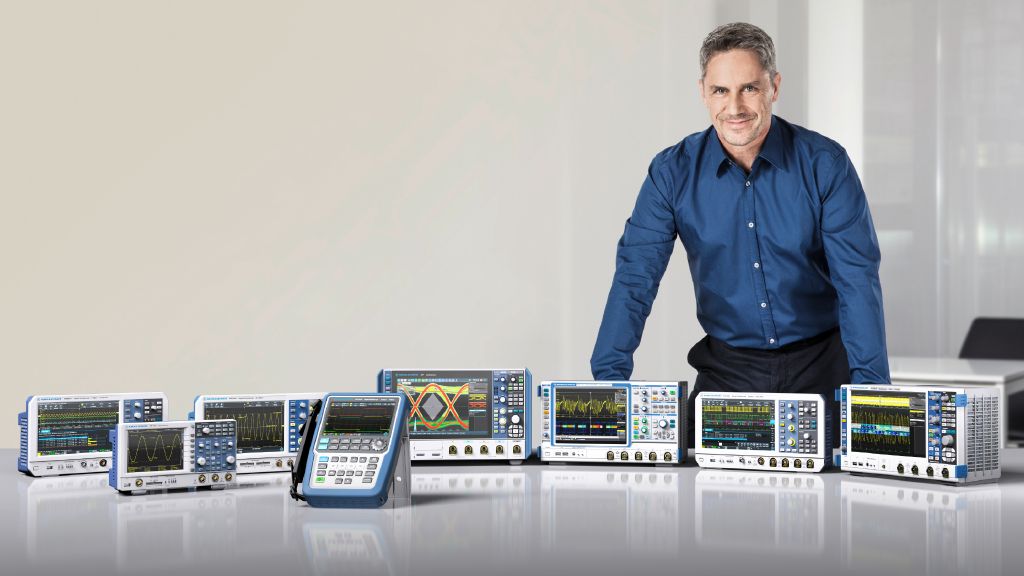Importance of deep memory in oscilloscopes
Deep memory in an oscilloscope ensures that long waveforms are captured with high resolution right down to the details thanks to a high sustained sample rate. Users can be confident that they are not ‘missing anything’. They benefit from viewing longer periods of time and quickly finding signal anomalies or important events.













